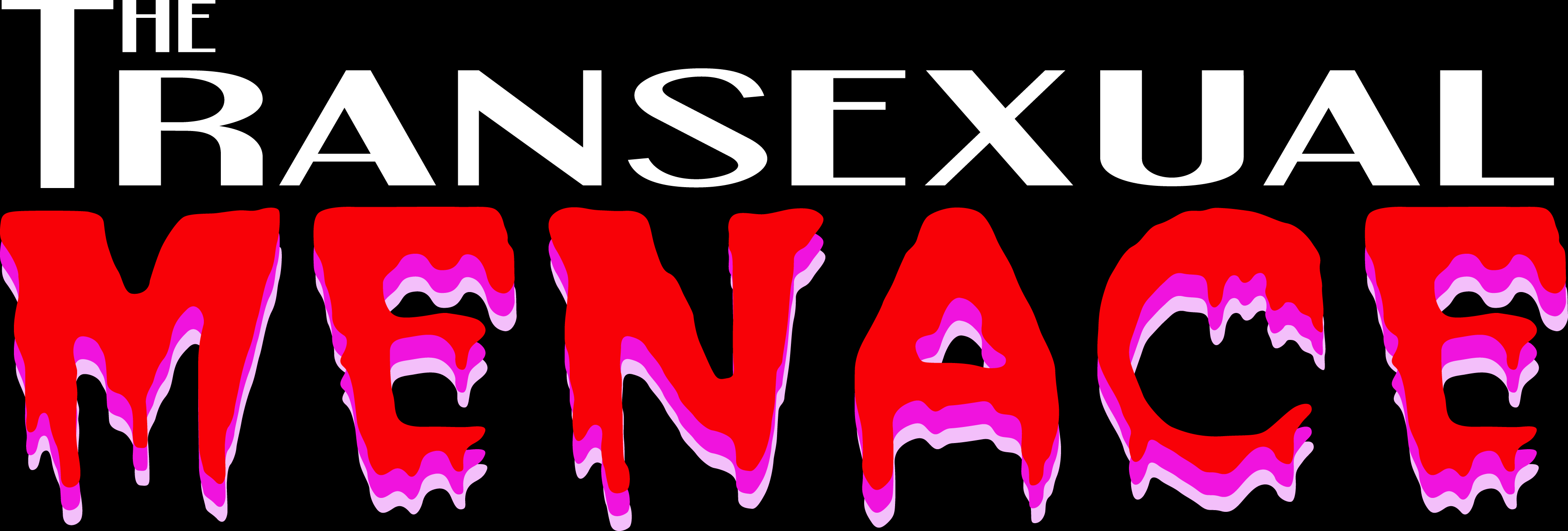How to Organize Actions & Protests
1. Define your goals:
- Identify the issue you want to address
- Establish clear demands or solutions
- Research the policies, laws, and stakeholders involved
2. Build a Core Team
- Gather a group of trustworthy and committed organizers to share responsibilities
- Assign roles to the team members and action participants such as logistics, outreach, social media, legal liaison, and security
3. Plan the Action
- Decide on the type of action (march, rally, sit-in, boycott, etc.)
- Choose a strategic location and time to maximize visibility
- Get permits if they are required by the local authorities
- Make considerations for the accessibility and safety of the participants
-
-
4. Spread the Word
- Use social media to promote the event
- Create flyers, posters, and online petitions as needed
- Reach out to any trusted and supporting local media, influencers, and community leaders
- Mobilize additional local organizations and allies for support
-
-
5. Prepare for Challenges
- Know your legal rights
- Have de-escalation and safety plans in place
- Designate marshals to assist in maintaining order
- Prepare a response plan for in case of police presence or counter-protests
6. Execute the Action / Protest
- Be sure to arrive early to set up and brief volunteers
- Stick to the planned message and ensure that the chosen speakers stay on topic
- Use charts, banners, and performances to engage the crowd
- Document the event with photos and videos for awareness
-
-
7. Follow Up
- Share the highlights and outcomes on social media
- Keep the momentum going with petitions, meeting, and further actions
- Evaluate what went well and what could be improved for next time
- Stay engaged with the participants and keep building the movement
Additional Resources for Organizing Community Action: This guide is a basic format for organizing and planning community action. If you are looking for additional information on how these topics the Activist Handbook is an amazing resource on the many different facets of grassroots organization. Their Introduction Page is a great place to get started! Additionally, reaching out to members to members of your community that are already working on their own action plans can be a great way to connect to your local activist scene and find out their strategies for safely organizing.
